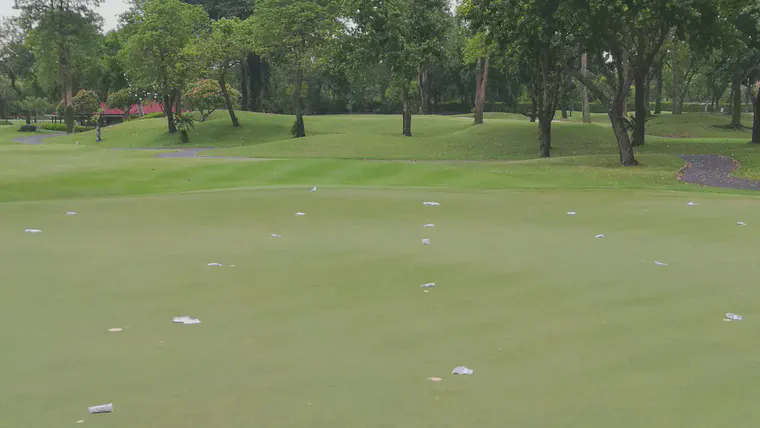Turfgrass soil sampling, part 1 of 7
Standard recommendations for composite sampling
After I read the article by Lawrence et al. on Guiding soil sampling strategies using classical and spatial statistics: A review, I made some calculations, sent a few email inquiries, looked up some standard recommendations for turfgrass testing, reread another article on this topic, sent out a Twitter poll, and started drafting a blog post.
I soon realized that it might be a long blog post. Too long, probably. And the topic of soil sampling and the number of cores (or subsamples) to collect to then put together as a single composite sample representative of the tested area—that’s a particularly dry subject, isn’t it? So I decided to break that post I’d drafted into a number of short ones.

In these posts, I’ll be considering soil nutrient analyses. I’ll often use individual putting greens as an example.
A standard recommendation seems to be what I found in the Soil Sampling Instructions for Turfgrass from Rutgers.
For testing of a single putting green, they recommend a composite sample be made up of 12 to 15 subsamples.
The instructions read,
“Plan to collect multiple subsamples randomly within each defined area to obtain a representative sample. For a uniform sports field or fairway, 20 to 30 subsample locations may be needed, whereas 12 to 15 subsamples may be adequate on a golf green or tee … placing the soil subsamples in a clean plastic bucket to obtain a composite sample.”